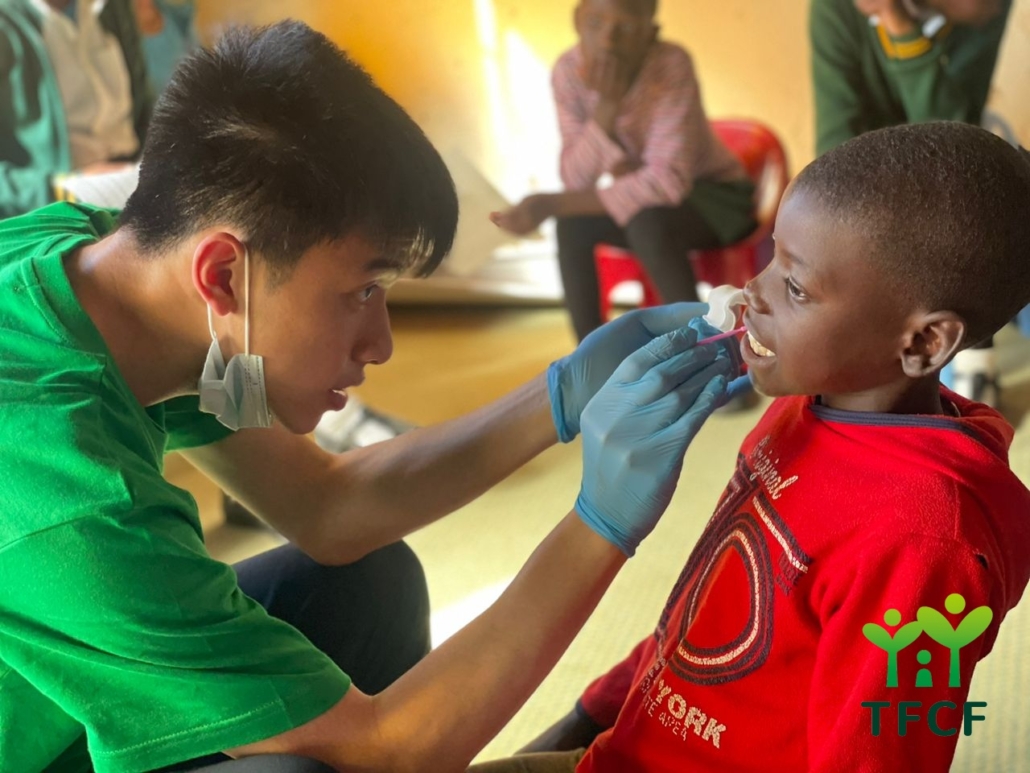To help students better understand Muslim culture, the Office of Global Engagement collaborated with the College of Nutrition, College of Interdisciplinary Studies, Library and Muslim Student Association held a series of activities in May. More than 280 people attended events including a Muslim Book Fair, introduction to Halal foods, and a pre-Ramadan festival.

Muslim students display different nations’ traditional clothing
The library also selected 75 relevant books in Chinese and English to help readers better understand Muslim cultures.The Chinese Muslim Association was also invited to speak about the Halal certification process to clarify the specific regulations Islam has regarding foods. Only foods that meet those standards can be called Halal.

Students show ways of wearing hijab.
Did you know? |
| The processes involved in making Halal foods place a lot of importance on hygiene. Halal certification (حلال) has to be approved by a local mosque before the Halal symbol can be displayed. This is the oldest system of indication and management of food in the world. |
Two Ph.D. candidates from the College of Nutrition, Adi Lukas Kurniawan and Amalina Shabrina, also spoke about the nutritional value of Halal food, and provided examples of three Indonesian Halal foods for the audience to taste: a meat stew called rending, meatballs called bakso, and a cold dessert with sweet fruits and jellies called ice cendol.

The Halal certification process is explained

Students taste Halal cuisine

Writing participants’ names in Arabic
The highlight of the series of event was a pre- Ramadan festival where Muslim students explained their cultural practices, including Koran reading, praying, a show of Muslim clothing from different countries and lively singing performances. Games and hands-on experiences included henna tattoos with auspicious designs, trying on traditional clothing, writing names in Arabic calligraphy, and tasting delicious Indonesian Halal cuisine. The event ended with Muslim students giving attendees handmade bookmarks with blessings from the Koran.

Henna tattoos are an art form often featured at weddings
The Muslim week events gave local students a chance to interact with international students, nurturing their global perspectives and language skills to raise cultural literacy and create an educational environment with authentic diversity.

Organizers and students after the dinner gathering

























